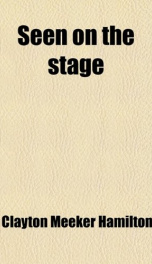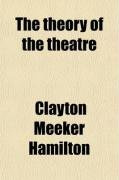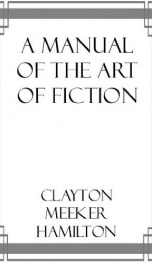problems of the playwright

Purchase of this book includes free trial access to www.million-books.com where you can read more than a million books for free. This is an OCR edition with typos. Excerpt from book: Ill THE POINT OF VIEW The present period of the drama is one that lends itself peculiarly to technical adventure. The rapid development in the physical efficiency of the theatre that has taken place in the last half century, and the simultaneous increase in the alertness and intelligence of the theatre-going public, have made it possible for playwrights to inaugurate a series of innovations that have broadened the boundaries of the technique of the drama. Traditional ideas, which formerly had stood for centuries, of what can be done in the theatre and (more particularly) what cannot be done, are now being altered every season, as adventurous playwrights press forward to the accomplishment of technical tasks which have never been attempted before. In the previous chapter we had occasion to celebrate the successful transference to the service of the drama of a technical expedient which has long been customary in the novelthe expedient, namely, of constructing a story from effects to causes and revealing it in a pattern of reverted time. There are many other narrative devices which have long been used in the short-story and the novel, that might be transferred, with equal advantage, to the strategy of the contemporary drama. Inpast years, the critic has often been required to insist that the art of the novel is one thing and the art of the drama is another; but, under present-day conditions, he is also required to admit that the difference between the two crafts is by no means so decided as it used to be. For one thing, the gap between the novel and the drama has been bridged over by the moving-picture playan artistic product which is equally novelistic and dramatic; and, for another thing, the recent improvements in stage machinery, which have made it possible to shift a ...
Info about the book
Author:
Series:
Unknown
ISBN:
1112039511
Rating:
4/5 (5)Your rating:
0/5
Languge:
English
Users who have this book
Users who want this book
What readers are saying
What do you think? Write your own comment on this book!
write a commentif you like problems of the playwright try:
Do you want to exchange books? It’s EASY!
Get registered and find other users who want to give their favourite books to good hands!







